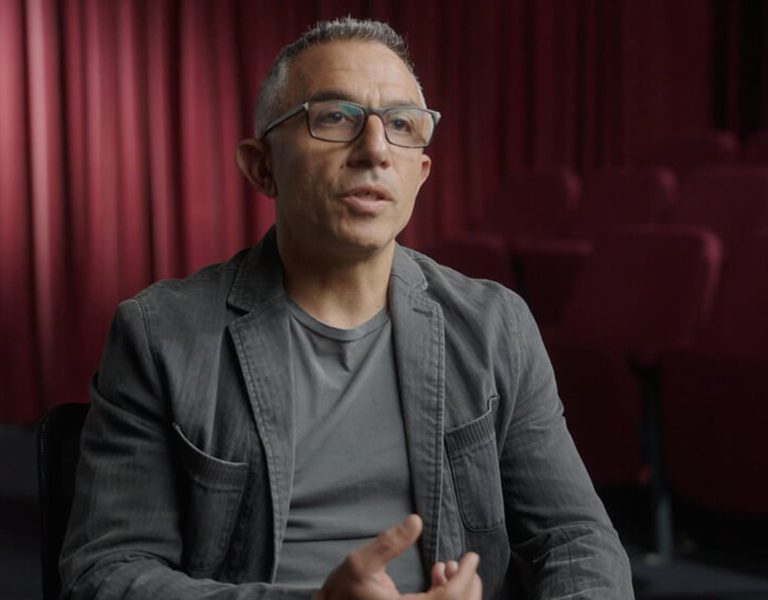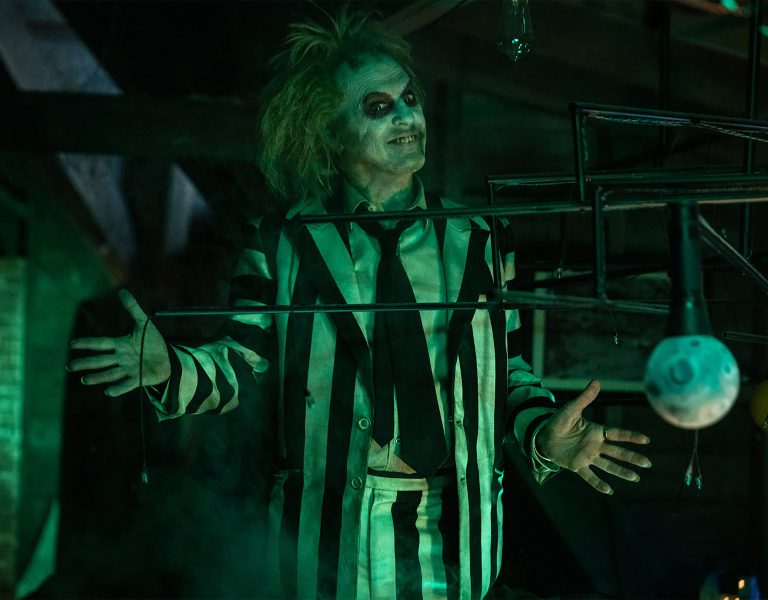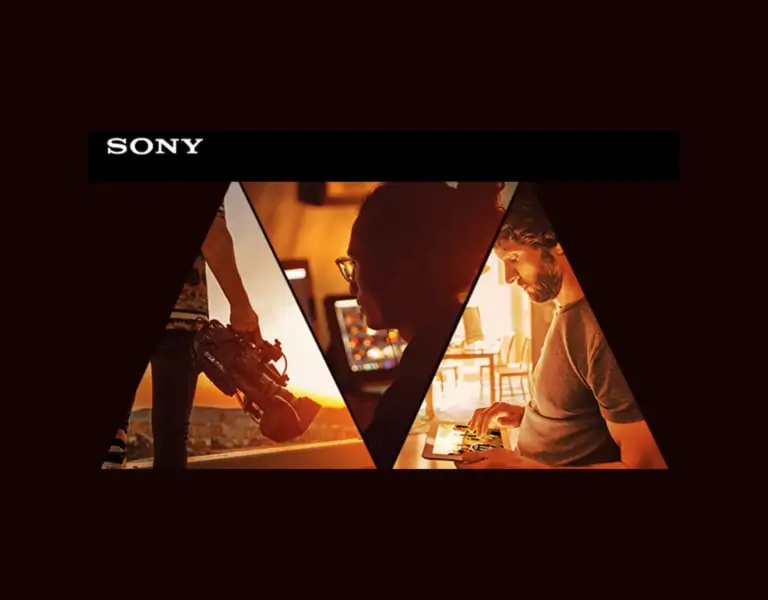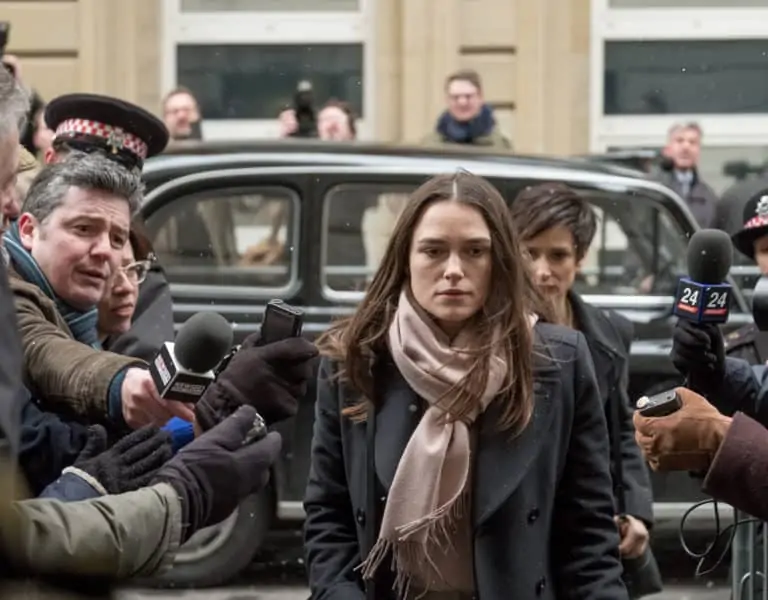Beetlejuice Beetlejuice use Sony VENICE 2 camera technology
Oct 22, 2024
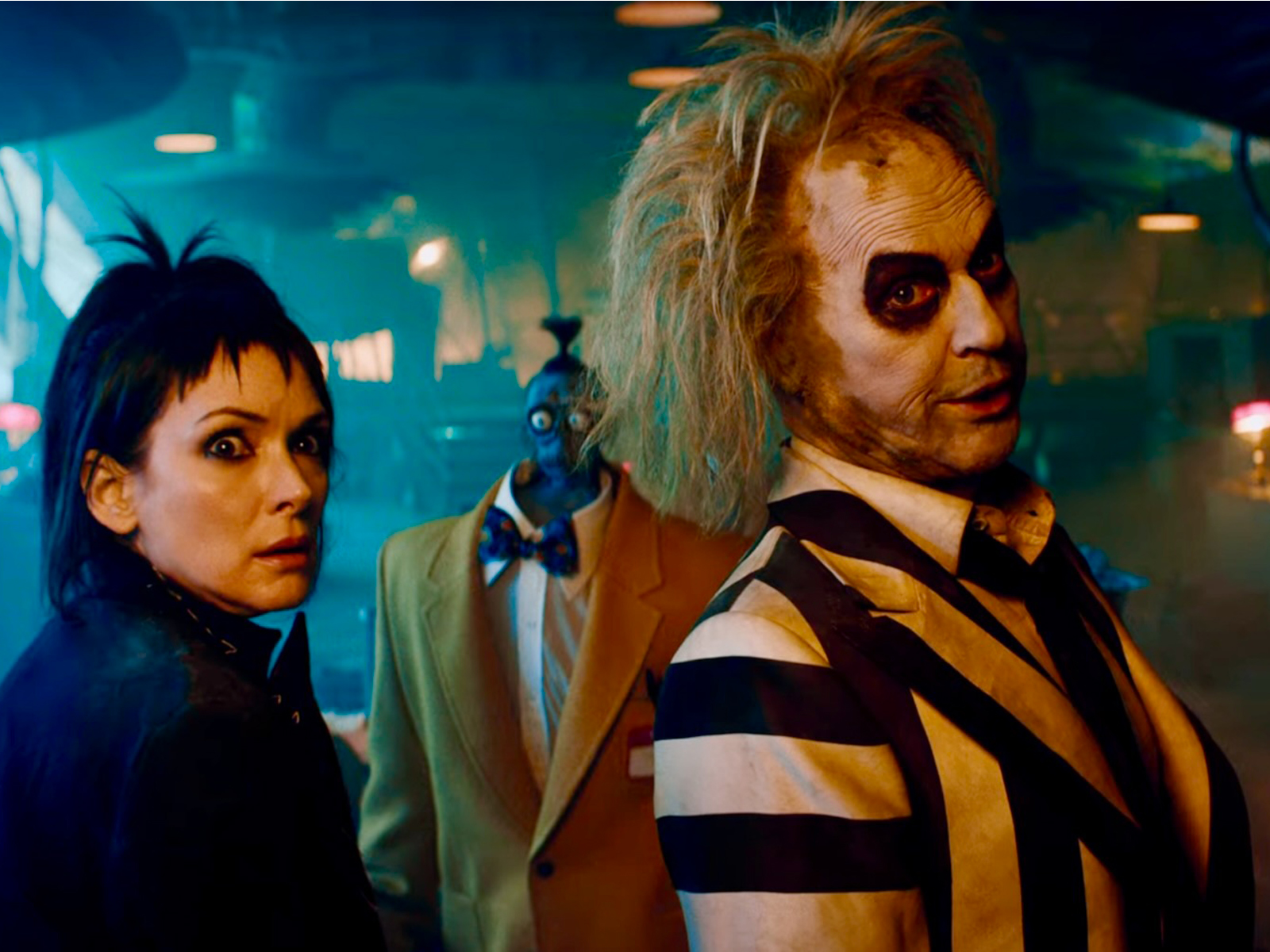
The highly anticipated sequel to the cult classic Beetlejuice which has been captivating audiences with its stunning and ethereal visuals, was made possible, amongst other things, through the advanced capabilities of the Sony VENICE 2 camera. Directed by Tim Burton with cinematographer Haris Zambarloukos, BSC, GSC, the film seamlessly blends nostalgia with innovative cinematography, bringing the whimsical world of the afterlife back to life.
Fans of the original were delighted to see beloved characters alongside new faces, all enhanced by the remarkable image quality and vibrant colours that the VENICE 2 offers. The film has garnered praise for its ability to create a rich, immersive experience that stays true to the quirky charm of the first instalment.
Cinematographer Haris Zambarloukos BSC GSC expressed excitement about the project, stating, “I really do like the colour aspect of the Sony VENICE 2, I think it’s great at rendering colours.”
Haris chose to shoot using the camera’s full frame 8.6K 3:2 open gate scan mode with Panavison Ultra Panatars and Ultra Panatar II lenses. The Ultra Panatars are older 1.3x anamorphic lenses that use cylindrical elements for focussing, which give a really unique look. Originally designed for film, when used with VENICE 2’s 3:2 mode, the final aspect ratio is 1.85:1.
For Beetlejuice Beetlejuice, Haris and the camera department performed many tests, experimenting with all kinds of different techniques, some making it into the film, some not.
“You’re constantly searching for new ways to create interesting images,” Haris says. “I was curious to see if in our flashback, where Beetlejuice meets Dolores his wife… …that was all set in this kind of gothic candlelight, what kind of infrared would be emitted by candles and by lighting the scene with only candles and shooting it in black and white infrared…”
In one memorable sequence Astrid, played by Jenny Ortega, is frustrated with things going on in the family. She goes on a bike ride through Winter River, the picturesque town surrounding the original Deetz family home, and along the way something quite unexpected happens. Haris considered using Russian arms and other large and complex tracking equipment to track Ortega on her bike. But he felt it didn’t feel right for this film, as he wanted to create a euphoric and immersive feel. So, for this scene he chose to mount the Sony FX3 on a small gimbal attached to her bike, as well as to an electric bike for tracking shots.
Haris was aware that while on paper the specs of the Sony FX3 were quite a bit lower than that of the Sony VENICE 2, but he felt the FX3 worked perfectly for these particular shots. Because both cameras have a very similar colour space, the differences weren’t objectionable. “The colour space for the two cameras is very much from the same place,” Haris says, “and I’m very aware that I find that more obtrusive when it’s wrong than anything else, such as than pixel counts, etc.”
The combination of Burton’s signature style and cutting-edge technology has proven to be a winning formula, drawing in both longtime fans and new viewers alike.
As Beetlejuice continues to enchant audiences around the world, moviegoers can expect a delightful journey that showcases the magic of cinema made possible by the Sony VENICE 2 and FX3.







